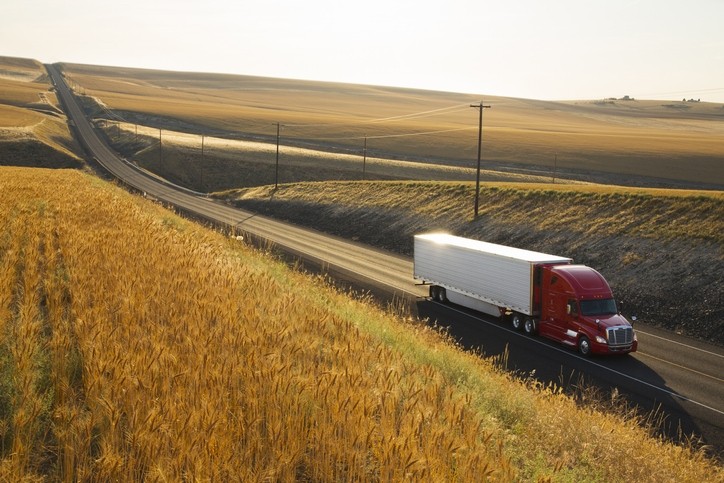US Congress passes infrastructure bill as industry bodies highlight supply chain chaos

“A comprehensive transportation infrastructure bill, while popular, has long been elusive. By sending the Infrastructure Investment and Jobs Act to the president’s desk, Congress has seized an exceptional opportunity to boost the competitiveness of American agriculture,” said US National Grain and Feed Association (NGFA) CEO, Mike Seyfert.
NGFA members rely on a robust and competitive transportation system, including US highways, bridges, inland waterways, ports and railways, to serve domestic and global markets, he said.
The bipartisan legislation would increase infrastructure spending by $550bn over five years, including an additional $110bn for US roads and bridges, $65bn for broadband, and $17bn for ports and waterways. The latter includes $2.5bn specifically for inland waterways construction projects.
The bill also includes a number of provisions designed to boost the resiliency of the agricultural supply chain, including $10b in grants to upgrade and strengthen the electric grid, an apprenticeship pilot program to address the nationwide truck driver shortage, as well as authorizing further investments in cybersecurity.
Seyfert urged enactment as soon as possible.
Port backlogs, trucker shortages
Meanwhile, the NGFA along with the American Feed Industry Association (AFIA) were among a plethora of US industry representative bodies that sent an open letter to the Biden Administration, on November 3, calling on officials to work with them to address what they termed the ‘immense challenges’ impacting the US supply chain.
The US is experiencing large backlogs at its ports, with the pandemic highlighting vulnerabilities in the system. It is also battling a shortage of truckers.
The feed, food, trucking, warehousing, manufacturing, retail, construction, energy, and other key supply chain stakeholders identified inefficiencies at US ports as a key concern, stressing the need for officials to investigate the causes of bottlenecks and operational practices that prevent the seamless movement of cargo through the supply chain.
“Through continued dialogue and information sharing, appropriate action can be taken to ensure resources and equipment are utilized efficiently and effectively to improve performance at our nation’s ports.”
Hours of service
Regulatory flexibilities, especially during emergencies, are vital to supply chain continuity, said the signatories.
“We continue to support last year’s changes to the hours of service regulations that give commercial truck drivers greater flexibility while improving safety and efficiency.
“We encourage the Administration to retain these changes and consider providing additional flexibilities that may be needed for the timely delivery of essential goods and that make sense from a safety and operational standpoint.”
They said such flexibility is particularly important at ports that are open 24 hours to help alleviate current bottlenecks.
Vaccine mandates
In terms of vaccine strategy, the trade groups also warned the US authorities that vaccine mandates would “cripple an already strained supply chain. We estimate companies covered by the mandate could lose 37% of drivers at a time when the nation is already short 80,000 truck drivers.”
They urge flexibility in relation to mandates for transportation and supply chain essential workers, particularly truck drivers who spend “most of their time in their trucks and have minimal contact with colleagues and customers.”
The industry representatives also called upon federal agencies, including the US Departments of Transportation and Labor, to collaborate with industry and state and local partners to promote careers in transportation and supply chain occupations, particularly commercial truck driving, to tackle trucker shortages.








